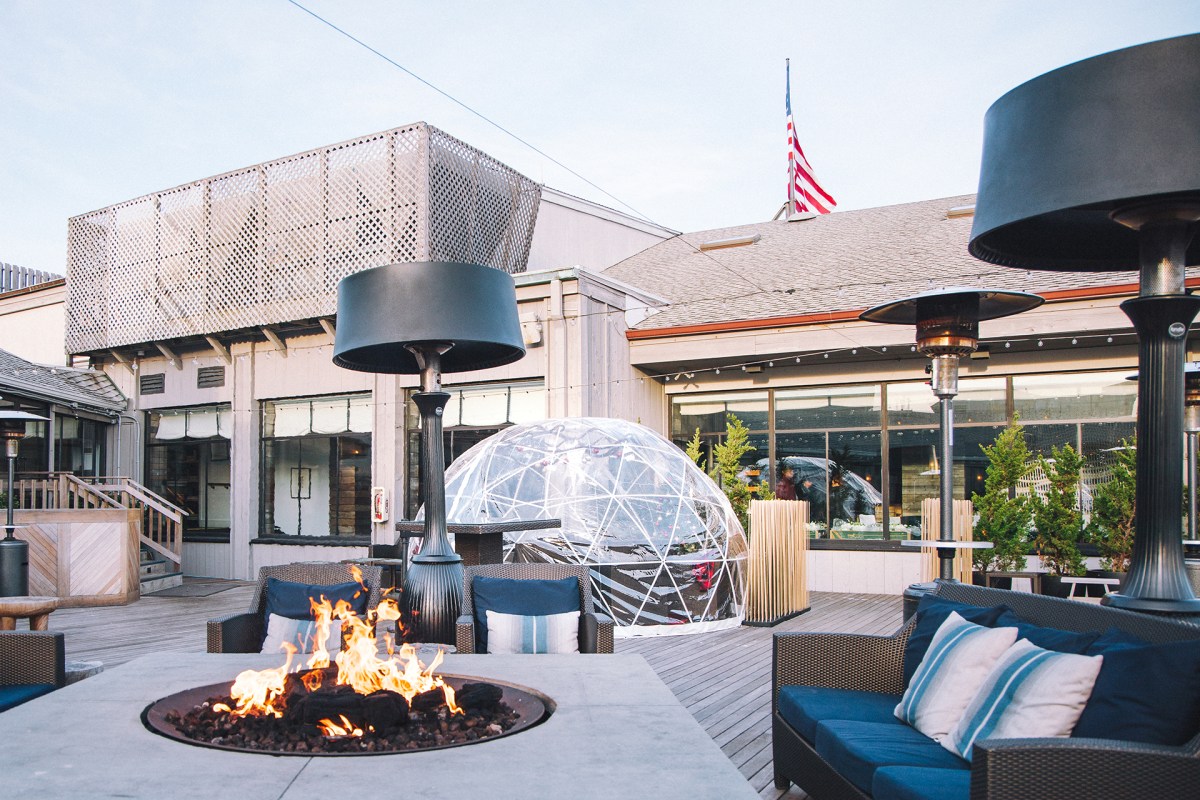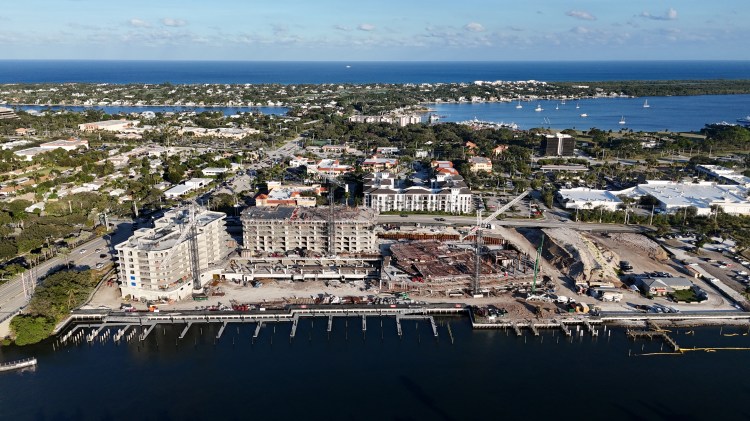
In June 2014, 161 out of 10,700 Nassau County high school graduates, (1 percent), planned to go directly into the military. Several high schools had none. Two percent of Suffolk County graduates were military-bound, about the statewide average, and there are regional differences. Some of the economically-depressed counties of the Southern Tier and Finger Lakes range from 3 to 5 percent. Some states put more than 10 percent of their high school graduates directly into the military.
Overall, 24,000 New Yorkers serve on active military duty, plus 23,000 civilian employees of the Department of Defense and the military branches.
Most New Yorkers and most Americans are no longer directly connected to the military. We have transferred the burden of our endless, ongoing wars to a small slice of America. The smaller the slice gets, the more over-the-top the clichéd rhetoric from politicians praising those in military service as heroes and protectors of our freedom becomes.
The rates of unemployment, homelessness, mental illness and suicide among our veterans are national disgraces. Yet some politicians and the interests they represent always want more from these people and their families.
The 2016 Presidential candidate debates kick off this week. How many candidates on that stage can answer this question: In how many countries is the United States at war right now?
As of last month, U.S. armed forces are officially deployed and equipped for combat (“boots on the ground,” “in harm’s way,” pick your cliché) in these countries: Afghanistan, Cuba, Djibouti, Egypt, Iraq, Jordan, Kosovo, Niger, Somalia, Syria, Yemen. At least 300 American soldiers are in the field as part of the coalition hunting the Lord’s Resistance Army (Kony) in an operational area that includes the Central African Republic, Chad, Congo, South Sudan and Uganda.
The official list hasn’t been updated yet to include last week’s agreement for the U.S. to use bases in Turkey for air strikes in Syria. It does not include 250 U.S. Marines dispatched in April to one of the American bases in Honduras (we have five) with catamarans, Super Stallion helicopters, Osprey tilt rotor fighters and KC-130 tankers. They are outfitted to operate for at least two months without external assistance. They are there to train local forces in anti-drug operations and to give “humanitarian assistance.”
The list does not include the recent revelations in the Philippine media that U.S. personnel were using aircraft and drones to hunt down two people on an FBI Terror List there. A uniformed American was overheard ordering a Filipino general to call in an air strike. The operation has been widely condemned in the Philippines, where the American military footprint has significantly increased and become a political issue.
Three thousand U.S. troops were deployed to Liberia to build Ebola treatment centers. More ominously, 250 of our soldiers were sent to Romania earlier this year, a dozen A-10 close-support attack planes (“tank killers”) were sent to “unspecified locations” in Eastern Europe and paratroopers from the 173rd Airborne Brigade (“Sky Soldiers”) were sent to Ukraine for “training exercises.”
A video that went viral in Europe earlier this year shows a Ukrainian television reporter in Mariupol after an artillery strike. She approaches a soldier in a Ukrainian uniform and carrying an AK assault rifle asking in her language, “Tell me, what happened here.” The soldier moves past her, puts up his hand and says in perfect English and a distinct American accent, “Out of my face. Out of my face, please.” There has been no official explanation.
Most Americans have no clue what their military is being told to do, where to go or what to be a part of. The basic pay of a Private First Class or Lance Corporal maxes out at $24,663 a year after three years. How many of those candidates would know that?
Michael Miller (mmillercolumn@gmail.com) has worked in state and local government. He lives in New Hyde Park.































